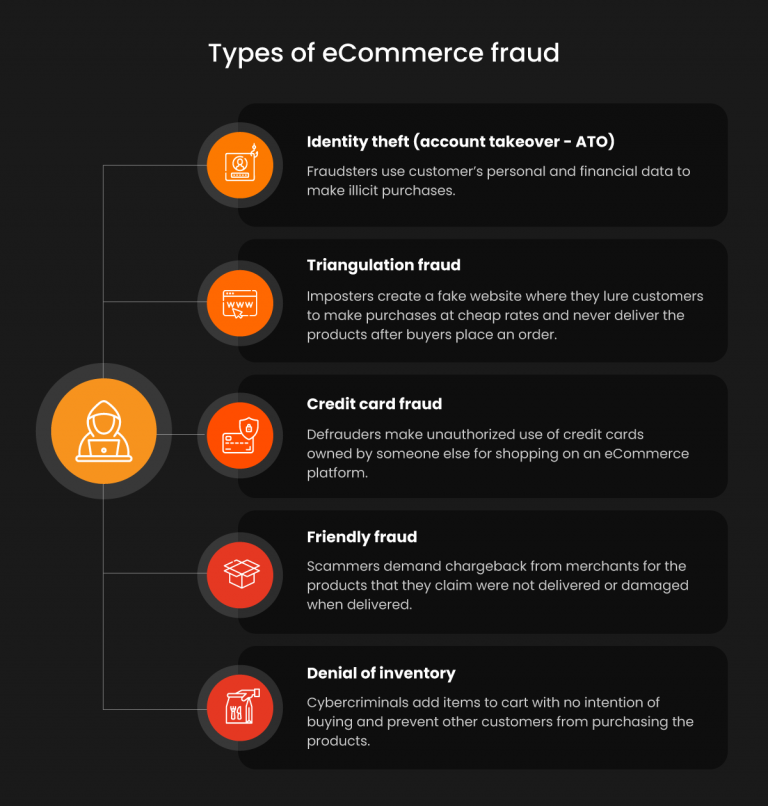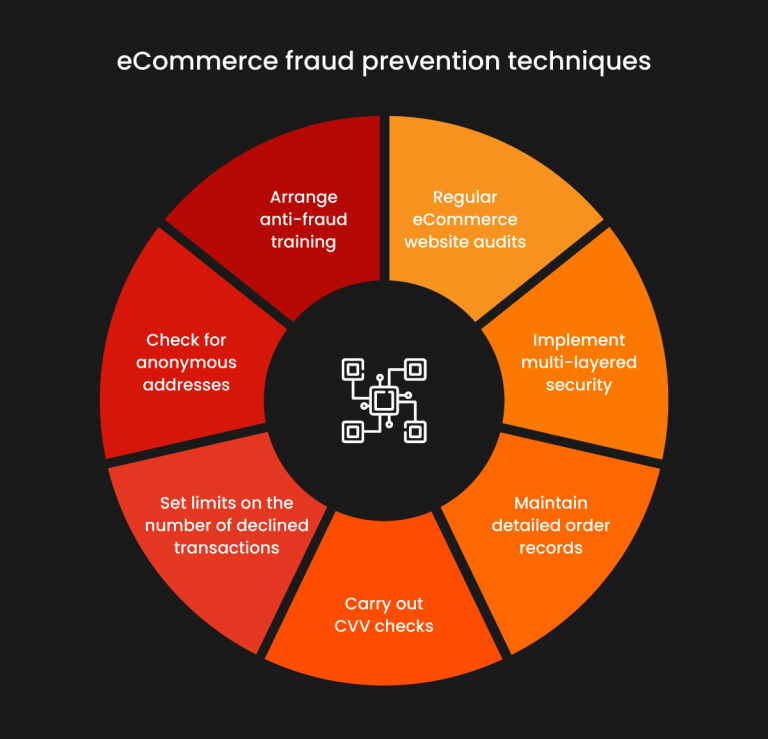#1: Regular eCommerce website audits
Online merchants should chalk out a detailed plan for conducting regular site security audits and thoroughly check the eCommerce website for the following parameters:
- Presence of malware
- Current status of SSL certificate
- PCI (Payment Card Industry) compliance
- Password protection
- Encryption algorithms
- Updated versions of all the software and plugins used by the eCommerce site
Adobe Commerce platform uses intelligent monitoring and machine learning to minimize the impact of fraud on their customers and businesses. Adobe Commerce also imparts fraud education and awareness to its clients and customers to detect and prevent eCommerce fraud.
#2: Implement multi-layered security
One of the best practices to prevent eCommerce fraud is implementing multi-layered security by incorporating the latest software and technology tools to strengthen the security of your eCommerce store. Multi-layered fraud prevention solutions can be implemented by combining two or more eCommerce fraud solutions such as biometric identification, tracking geolocation of the consumer, address verification service (AVS), 2FA using OTPs or verification codes, and more.
Salesforce Commerce Cloud uses Multi-Factor Authentication (MFA) to provide secure access to user accounts and protect eCommerce sites built on the SFCC platform from cyber attacks such as phishing and credential stuffing.
#3: Maintain detailed order records
Retailers can prevent chargeback frauds by keeping the record of every order that they have received, shipped, and accepted return. Keeping track of all the customer touchpoints during their buying journey is an excellent way to prevent fraudulent activities in your eCommerce store. It is recommended to have digital copies of all the documents involved in the purchasing process for easy and quick access when required, such as in case of an ATO attack.
Shopify Plus helps brands deal with chargeback fraud with its fraud protection technology called Fraud Protect. Fraud Protect charges a reasonable fee to the merchants to protect their orders and, if there is a chargeback as a result of fraud, then Shopify Plus will reimburse the order amount and the fee to the merchants.
#4: Carry out CVV checks
Card Verification Value, commonly known as CVV, is a three or four-digit code; which is present on the credit and debit card of a customer. Merchants should always ask for CVV while accepting credit or debit card payments to ensure an authorized transaction. CVV identification code is never stored by merchants in their customer database, which makes this a very secure way of doing online transactions and preventing eCommerce frauds.
#5: Set limits on the number of declined transactions
Hit and trial is one of the many ways in which fraudsters execute unauthorized transactions. They try different combinations of identification codes, verification codes, and CVV to initiate a fraudulent transaction. eCommerce store owners should limit the number of attempts a customer makes to complete a legitimate transaction, thus reducing the chances of eCommerce fraud.
#6: Check for anonymous addresses
It is often observed that defrauders use PO Box or other anonymous addresses to receive orders. Retailers should treat this as a red flag and cancel the order immediately if the physical shipping address is suspicious or untraceable.
#7: Arrange anti-fraud training
Customers usually interact with an eCommerce business through their website, app or customer service. While there are a number of ways to prevent frauds on digital mediums, it is equally important to arrange for anti-fraud training for customer service representatives. Brands should ensure that their customer service representatives are well-trained to identify different types of fraud indicators and escalate any suspicious cyber activity immediately.
Prevent eCommerce frauds with these best practices
Adding security measures to prevent eCommerce fraud might introduce some friction in the customer shopping experience, but, in the long run, it will be beneficial to eCommerce businesses and their customers. Implementing eCommerce fraud prevention techniques secures the online buying process, boosts sales, revenue generation, and online business growth, and increases customer loyalty and retention rates.







